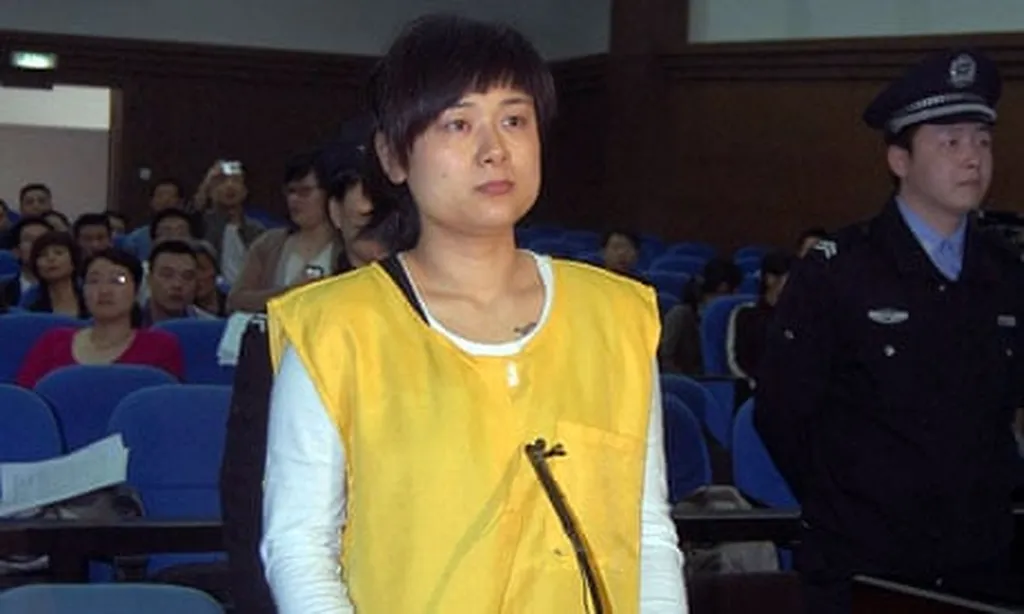The reliability of Chinese military systems has come under intense scrutiny in recent years, with a growing body of evidence suggesting persistent performance issues that extend beyond isolated incidents. What was once dismissed as teething troubles or customer dissatisfaction has solidified into a pattern of documented failures, raising serious concerns among buyers and policymakers.
Bangladesh, a longstanding customer of Chinese military hardware, has formally lodged complaints about defective spare parts and technical defects across multiple platforms, including corvettes, patrol craft, trainer and combat aircraft, and onshore systems. These issues—substandard subsystems, non-functioning sensors, and spare-parts shortages—directly undermine combat readiness. The human cost of these failures became tragically apparent in July 2025 when a Bangladesh Air Force F-7 trainer crashed into a school in Dhaka, killing dozens. Investigators attributed the crash to a mechanical malfunction, highlighting the real-world consequences of technical failures.
These incidents are not isolated. They reflect systemic weaknesses in China’s defence industry, including lapses in quality control, supply-chain integrity, and logistical support. U.S. and independent assessments have pointed to internal disruptions—such as corruption probes and leadership shakeups—as factors that hamper modernization efforts and consistent quality improvements. The Pentagon’s 2024 analysis noted that internal anti-corruption efforts and leadership turnover could slow progress, underscoring the need for stable management and transparent oversight to deliver reliable hardware.
The WS-10 turbofan engine, China’s attempt to replace imported Russian engines with a domestically produced alternative, exemplifies these challenges. Early iterations of the WS-10 required frequent overhauls and underperformed compared to Western and Russian designs. While later variants have shown improvement, the initial shortcomings exposed how reliability issues can ripple across fleet readiness and export reputation.
For buyers, the consequences are clear: short-term savings on acquisition can be overtaken by higher lifecycle costs, retrofits, and political fallout when systems fail in service. Several countries have re-evaluated orders, sought replacements, or spent significant sums to retrofit Chinese platforms with third-party sensors and combat systems to reach acceptable performance. This reputational damage undermines China’s diplomatic argument that affordable arms sales equate to reliable modernization for developing militaries.
China has made strides in industrial upgrades, testing regimes, and materials science, but these improvements do not erase recent, concrete episodes that reflect systemic weaknesses. Until China institutionalizes transparent, independent quality verification and guaranteed in-service support at scale—measures buyers routinely expect from established suppliers—the latest data will keep raising alarms about reliability, sustainment, and the actual cost of dependence on Chinese military hardware.
The narrative is not uniformly negative, but the recent, field-level evidence must be the primary metric of value, not just acquisition price or marketing claims. Policymakers and military buyers evaluating Chinese hardware today must weigh these factors carefully.
China’s defence strategy often relies on reverse-engineering and pirated versions of military technologies developed by the United States and other advanced nations. While this approach allows China to gain access to cutting-edge systems, a critical flaw lies in its implementation: these modern designs are frequently paired with outdated components, most notably older, underperforming engines. This mismatch results in systems that look formidable on paper but often fall short in real-world performance, lacking the necessary thrust and reliability demanded in high-stakes combat.
As an authoritarian state, China maintains strict control over information. The true strength—or weakness—of its military capabilities remains shrouded in secrecy. What the world sees is often what the state wants it to see. This approach aligns strikingly with the philosophy of ancient Chinese strategist Sun Tzu, who famously advised in The Art of War: “Appear weak when you are strong, and strong when you are weak.” It seems this doctrine is alive and well in modern China—not just in diplomatic maneuvering, but also in military posturing.
Despite struggling with the development of truly modern fighter jets, warships, and other advanced equipment, China projects an image of military prowess. High-profile parades, state media coverage, and flashy demonstrations aim to convince both its citizens and the international community of its technological superiority. Yet, when these systems are put to the test under real-world conditions, cracks often appear. Equipment fails. Systems falter. And the carefully crafted illusion begins to waver.
Ultimately, China’s defense strategy may be less about raw capability and more about perception—leveraging ancient wisdom to maintain an image of strength, even when reality may tell a different story.

